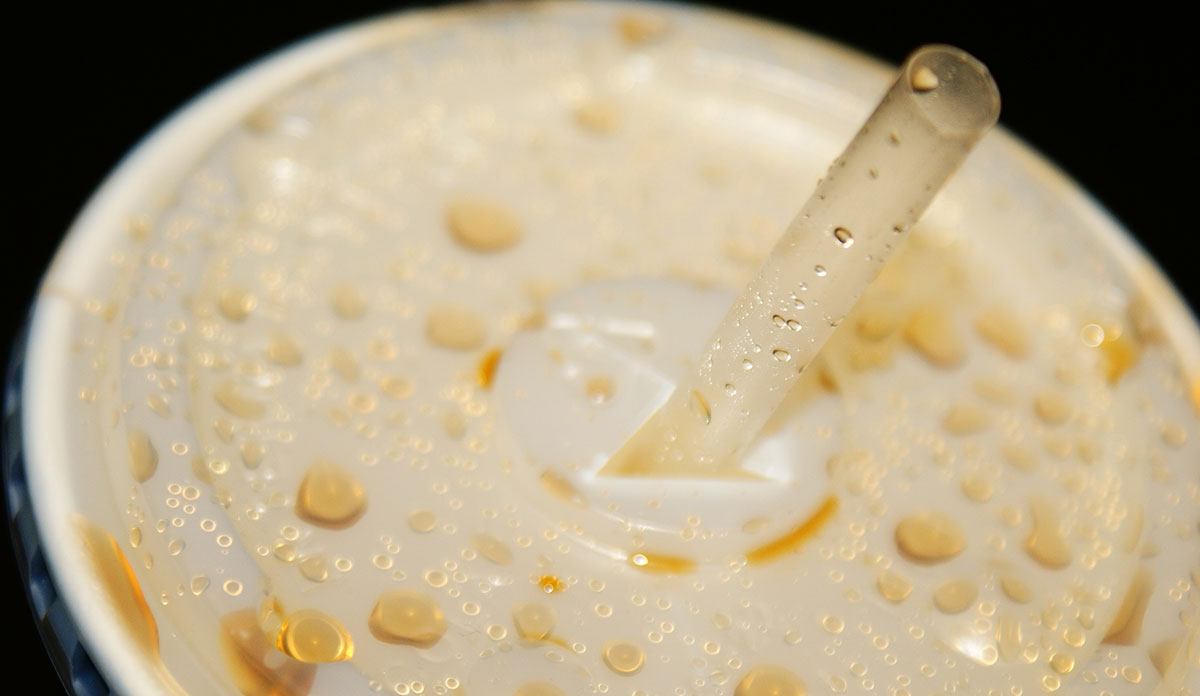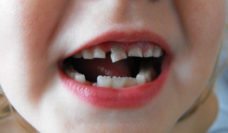Nearly one-third of children in the United States are overweight or obese, a two-fold increase from the early 1970s. Children who are obese are much more likely to be obese in adulthood, putting them at risk of diabetes, hypertension, and other diseases. The rise in childhood obesity can be connected with the rise in kids’ consumption of sugar-sweetened beverages (SSBs), which are calorically dense and void of nutritional value. Consumption of SSBs is associated with a host of health ailments including high cholesterol and hypertension.
Although the National Dietary Guidelines recommend that children limit their consumption of added sugar to a maximum of 10% of total calories, children and adolescents’ dietary intake consistently exceeds these recommendations. This is in part because of children’s excess consumption of sugar-sweetened beverages. In fact, the calories that kids consume from SSBs with fast food meals may alone exceed the recommendation of the National Dietary guidelines.
Sales of bottled water have risen substantially in recent years, suggesting that parents are beginning to understand the need to limit their children’s intake of soda. But if we want to make a meaningful difference in reducing the child obesity rate, we cannot put the onus only on parents. We need policymakers and industry to be involved.
One area where we can focus our efforts is limiting sugary-sweetened beverage consumption at fast food restaurants.
One area where we can focus our efforts is limiting sugary-sweetened beverage consumption at fast food restaurants. We know that eating at a fast food restaurant is associated with increased consumption of both SSBs and empty calories. This is not surprising, considering 16% of empty calories and 54% of added sugar in fast food meals are from SSBs.
In a study we conducted in 2016, we examined food and beverages ordered by or for children at restaurants from five major fast food chains in New York City and neighboring cities in New Jersey. Specifically, we identified child, caregiver, and purchase characteristics that correlated with the purchase of a SSB. We analyzed 483 fast food receipts linked to individual surveys that contain demographic information on the child and the caretaker.
We found that approximately half of caregivers purchased a beverage for their child. Sixty percent of those beverages were sugar-sweetened beverages. Children who ordered a combination meal were 24% more likely to get a SSB than those who did not order a combination meal. Ultimately, we find that including a SSB with a child’s a meal adds an average 179 additional calories, which are void of any nutritional value and fall at the top of the range of recommended daily intake of calories from added sugar for children (120-180 calories).
Several municipalities have considered legislation that requires fast food restaurants to decouple SSBs from kids’ combination meals. Our research suggests that such low-cost and wide-reaching policies are a promising opportunity to reduce the consumption of SSBs by children. New York City Council considered, but did not pass, a policy called the NYC Healthy Happy Meals Bill, which would have placed restrictions on the offering of toys with combination meals that include SSBs. However, similar ordinances recently passed in both Stockton, California and Perris, California.
The fast food industry has also begun to change their practices by decoupling SSBs from their kids’ sized combination meals. Wendy’s and Burger King have pledged to remove SSBs from their children-sized combination meals, and McDonald’s has stopped promoting SSBs as a Happy Meal option on their menu board. With these changes, the number of SSBs purchased with kids’ combination meals has dropped substantially.
These relatively small and doable changes on both the policy and industry side have a meaningful effect. If they are expanded—especially on the policy side, where we have seen more resistance—we could even begin to see—for the first time in decades—declines in the child obesity rate.
Feature image: 0Four, No More Pepsi, used under CC BY-NC 2.0/cropped from original















